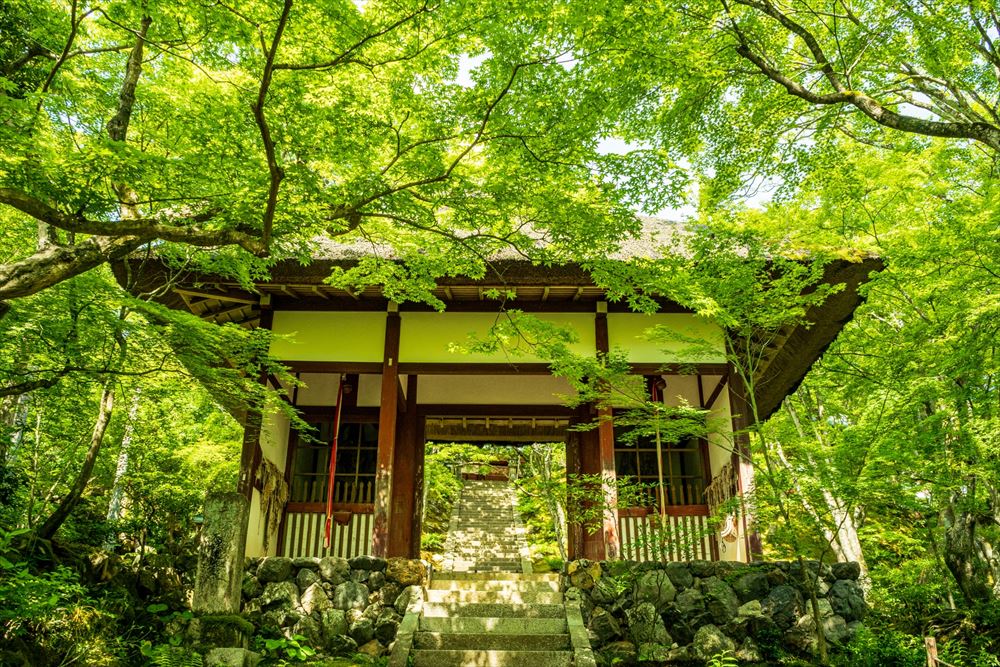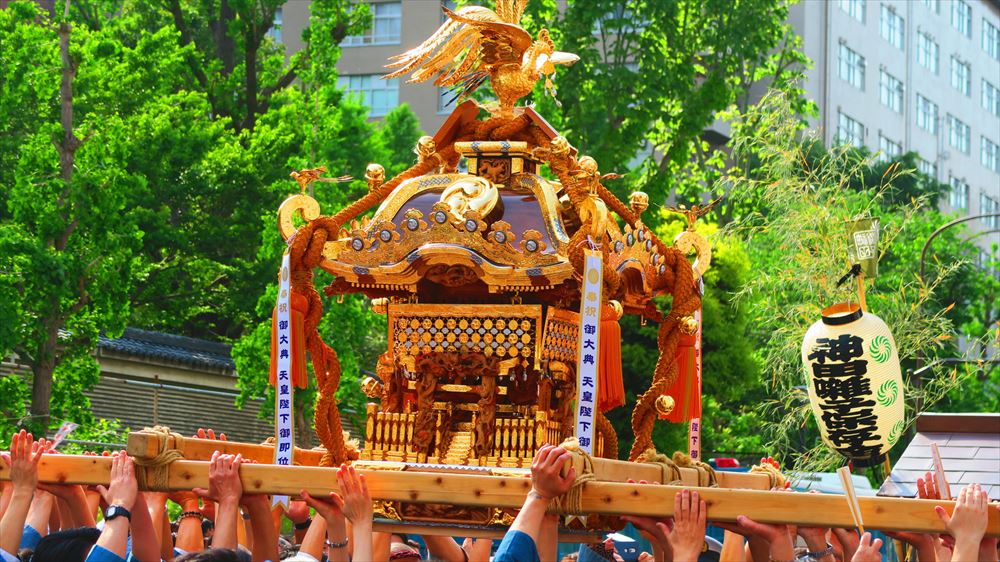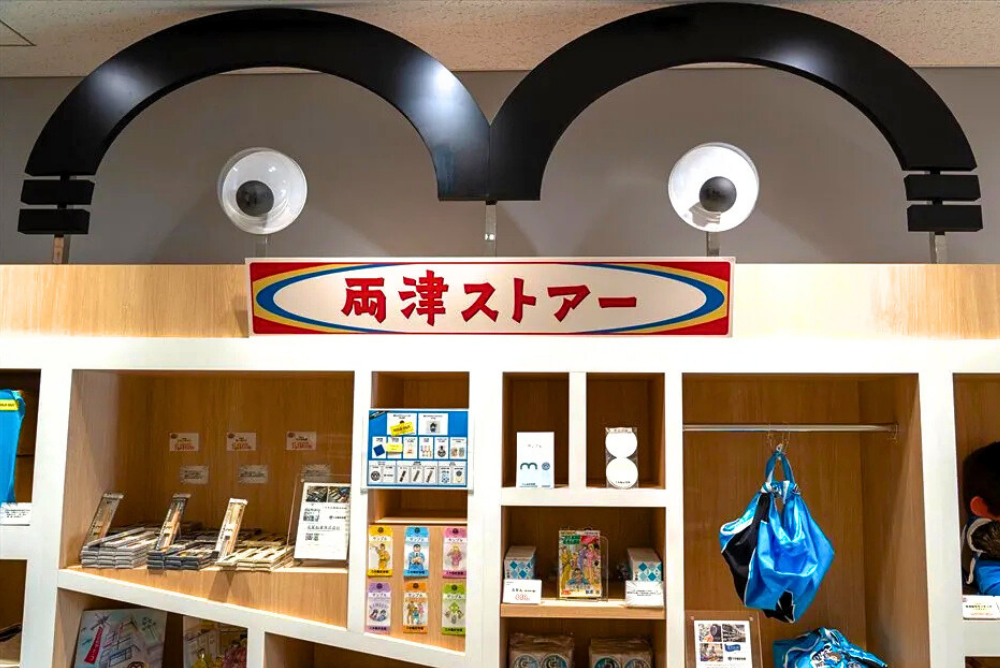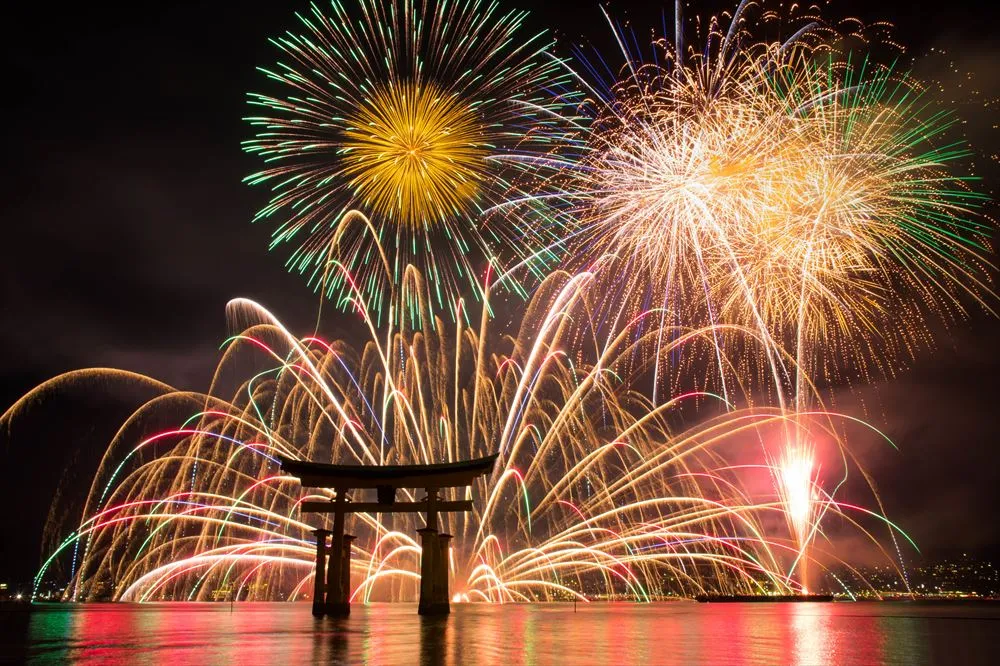
KYOTO FROM SPRING TO EARLY SUMMER (ATT.JAPAN ISSUE 34)
KYOTO FROM SPRING TO EARLY SUMMER (ATT.JAPAN ISSUE 34)
Kyoto in May is the home of cool breezes, green leaves emerging from their slumber and the Aoi (Hollyhock) Matsuri Festival – one of the three main Kyoto area festivals – held annually on May 15th.
Featuring a parade made up of 500 individuals dressed in Heian-era (794AD-1192) costume as well as around 40 cattle and horses and measuring 1 km in length, the participants travel at a leisurely pace from Kyoto Gosho (Old Imperial Palace) in the central part of the city to, first, Shimogamo Shrine and then Kamigamo Shrine in a manner replicating the elegant way of life once enjoyed by Japan’s ruling aristocracy. If in the area this time next year make the effort to get along and see it and you will not be disappointed.
A little later in the year and while summer is in full swing Kyoto is known for the lethargy inducing heat and humidity that descends on the geographical basin however, still chooses summer (July) as the perfect time to celebrate another of its big three – the world famous Gion Matsuri Festival. This elegant festival is officially a ritual related to Yasaka Shrine and can supposedly trace its roots back more than 1100-years to 869AD, when, with disease prevalent in the then 66 areas making up the nation, a Gion deity was enshrined along with 66 floats (one representing each area of the country) to ward off any lingering evil spirits.
As July arrives each year, the sounds of Gion-bayashi festival music can be heard around town while business and schooling starts to suffer as the locals turn their minds to the upcoming festivities held over the entire month of July but reaching the first zenith at the Yoiyama Lantern event at the mid-point (14th-16th) with the Yamahoko Junko Float Parade following close behind on the 17th, when, at 9am the Naginata-boko Float heads a parade of 32 floats through the streets – all the time to the strains of Gion-bayashi music in an event made all the more interesting when witnessing the larger floats turning the corners.
One way to relax in the old capital during the warmer months is to simply hang out at the Kamogawa Noryo-yuka terraces on the banks of the north – south flowing Kamo River. Terraces are usually set up between Nijo-Dori Street and Gojo-Dori Street in a practice said to have originated in the Edo-era (1603-1867) when a wealthy merchant positioned stools on the riverbank near Gojo to entertain his guests. The terraces today are operated by restaurants serving both food and drink and are open daily between May 1st and September 30th.
During the same period, in Kibune, northern Kyoto, a number of Kawa-doko terraces can be similarly enjoyed in an area surrounded by mountains with a mean temperature lower by several degrees than that of the center of the city – but again serving Kyoto dishes to those overlooking the Kibune River.






